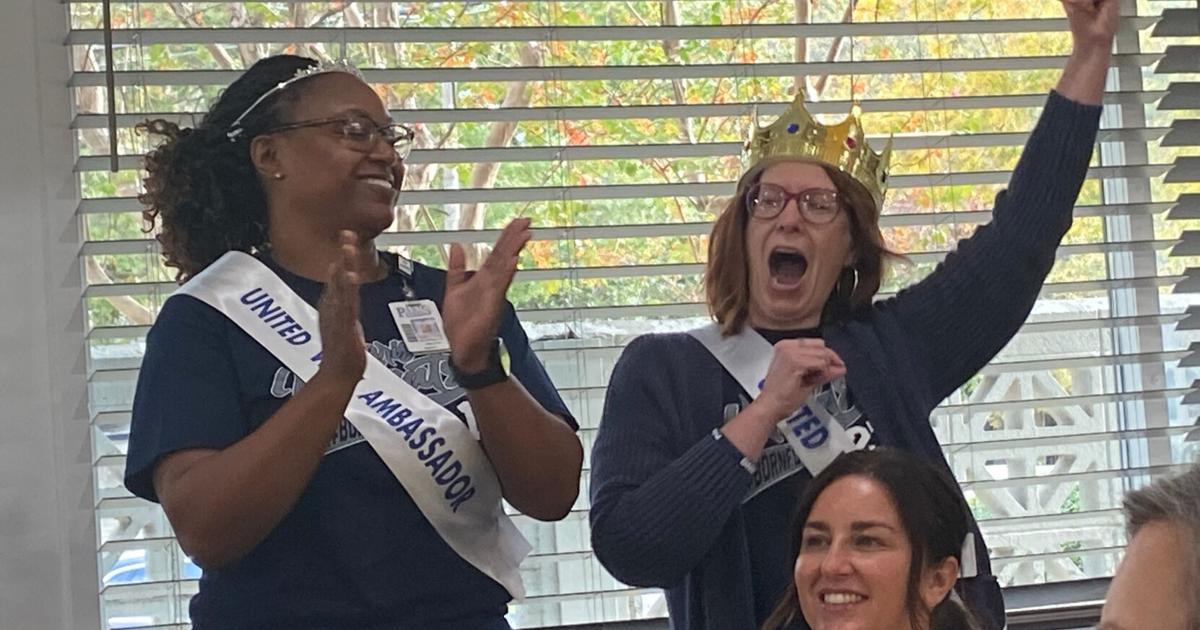[ad_1]

Most people have heard of the D-Day landings of June 6, 1944, one of the decisive steps in the Allied victory over Nazi Germany. But fewer people know of Operation Dragoon, the Allied landings in Provence that liberated much of France and pushed German troops nearly back to Germany.
A Pincer Movement
Operation Dragoon was originally planned to take place at the same time as Operation Overlord, the code name for the Normandy landings. It would create a pincer movement, forcing the Germans to defend two fronts in France. But there weren’t enough troops and equipment to manage two major landings at once, so Operation Dragoon was delayed until August.
It was vitally important that the southern operation succeed, to free the vital ports of Marseille and Toulon and supply Allied troops in France. The ports in Normandy had become clogged and the Allied advance was stalling.
Operation Dragoon began on August 14, 1944 with a combination of special forces, paratroopers, and aerial bombardments. The French Resistance played a critical role, first by sabotaging German positions and then by attacking the Germans—at this point in the war, the Resistance had evolved from a guerilla force into an organized army.
The next day, troops began landing on the beaches east of Toulon, places with code names like Alpha, Romeo, and Camel. The majority of those landing were French troops under the command of Charles de Gaulle, and they fought tenaciously to liberate their country.
Fierce Fighting
After three days of fierce fighting, the Germans withdrew most of their troops, leaving behind only those defending Marseille and Toulon. Within two weeks, both those towns had been captured by the Allies and the vital ports were free.
Meanwhile, Allied troops chased the retreating German army, which hoped to make it to Dijon and dig in. But the Allies were too fast, and with the French Resistance harassing the German army all the way, Dijon was not an option. The Germans were pushed back all the way to the Vosges Mountains, near the German border, before they could meet up with defensive German positions there.
Operation Dragoon ended on September 14, 1944, just a month after it began. It was an important victory for the Allies, liberating much of France along with the two critical ports, and inflicting major losses on the Nazi army.
Visiting Memorials to Operation Dragoon
Today you can visit a number of World War II memorials in Provence, reminders of the important role that Operation Dragoon played in the war.
Toulon. The deepwater port of Toulon is one of the most important military ports in France. The National Maritime Museum tells the maritime history of Toulon, including that of World War II. Above the town is the Mont Faron Memorial, which recounts the war in Provence and particularly Operation Dragoon. It is high above the city and offers a spectacular view. The drive up can be hair-raising (you can also take a cable car) and when you arrive you are greeted by a Sherman tank.
The American Military Cemetery of Draguignan. Like its counterpart in Normandy, this is American property on French soil. It is the final resting place of nearly 1,000 American soldiers killed in Provence.
St-Raphael. This is where you will find Camel Beach, one of the main troop landing sites. It is a beautiful beach and there are several plaques commemorating the fallen soldiers of Operation Dragoon.
Cavalaire-sur-Mer. This is the site of Alpha beach, where you can admire a large granite monument representing Liberty, honoring the fallen soldiers.
Rayol-Canadel-sur-Mer. This French military cemetery, the smallest in France, is the final resting place of the commandos who died scaling the cliffs of Cap-Nègre.
Keith Van Sickle splits his time between Provence and California. He is the author of An Insider’s Guide to Provence, One Sip at a Time, and Are We French Yet? Read more at Life in Provence
[ad_2]
Source link

























